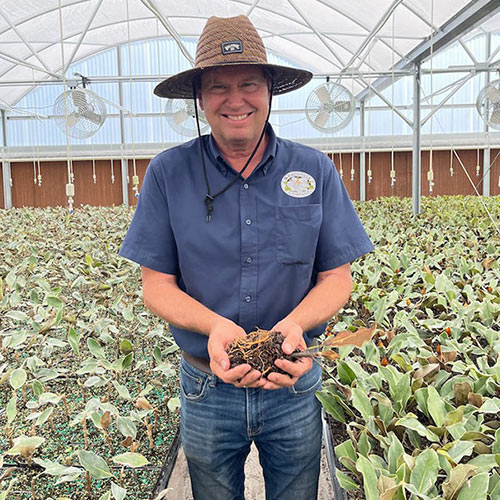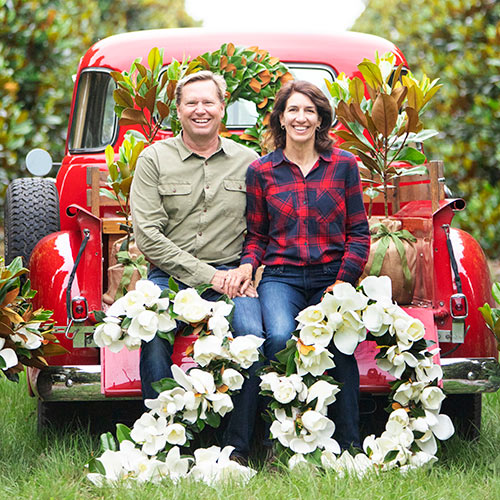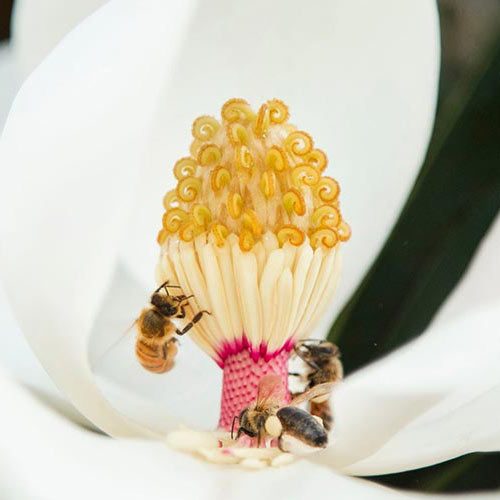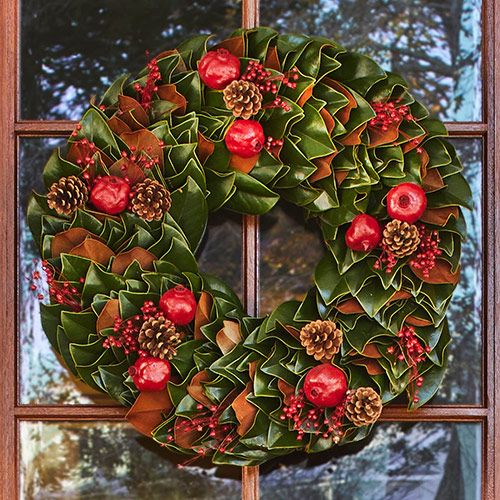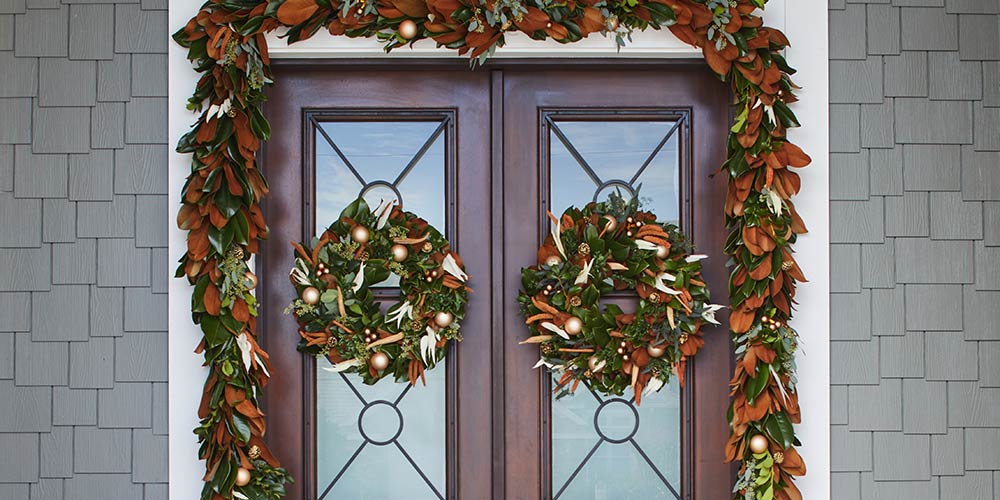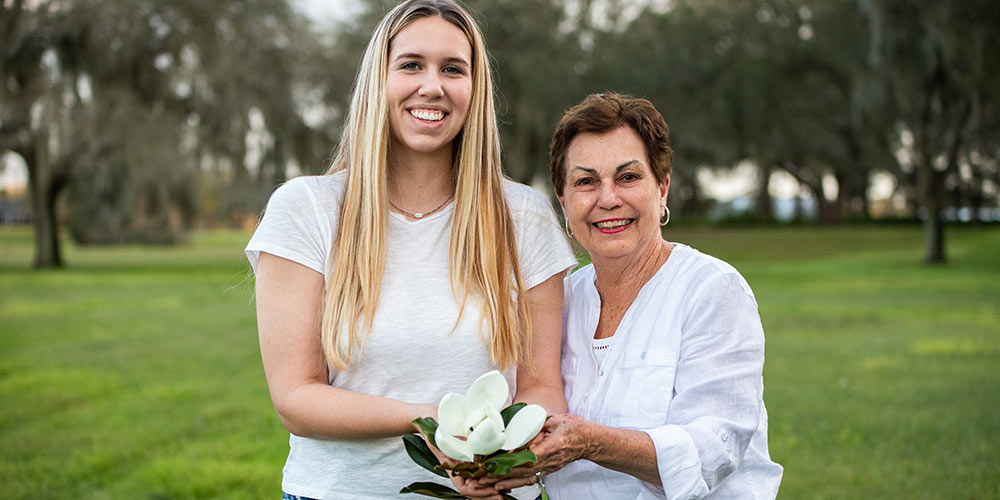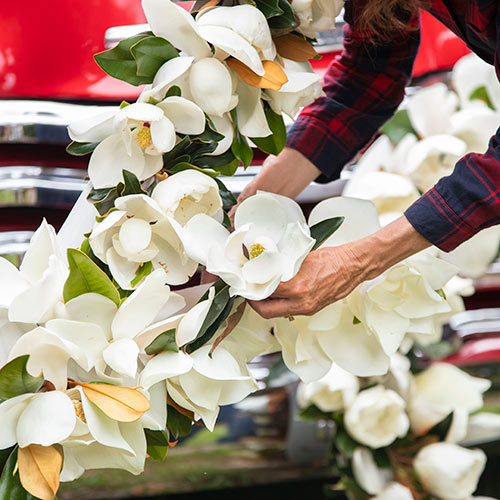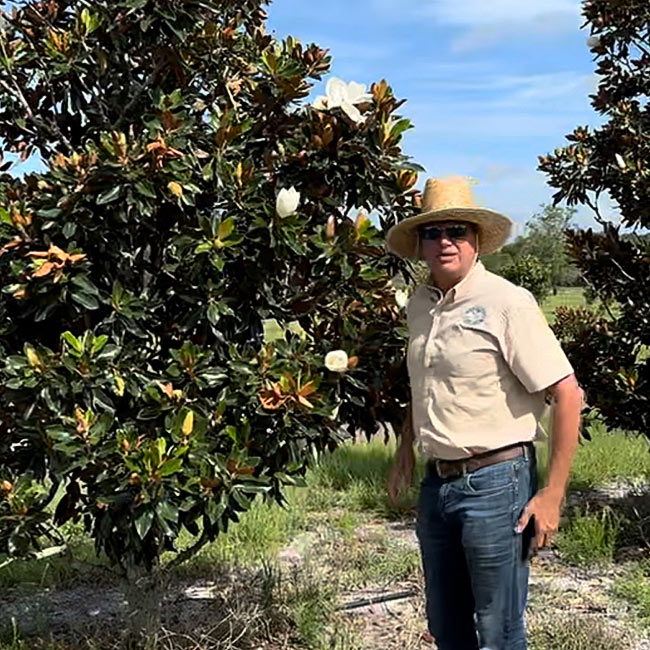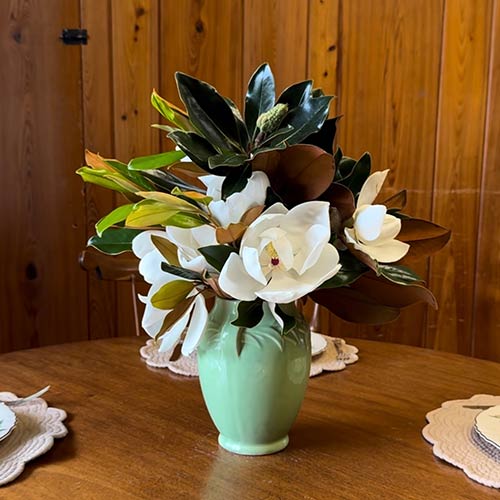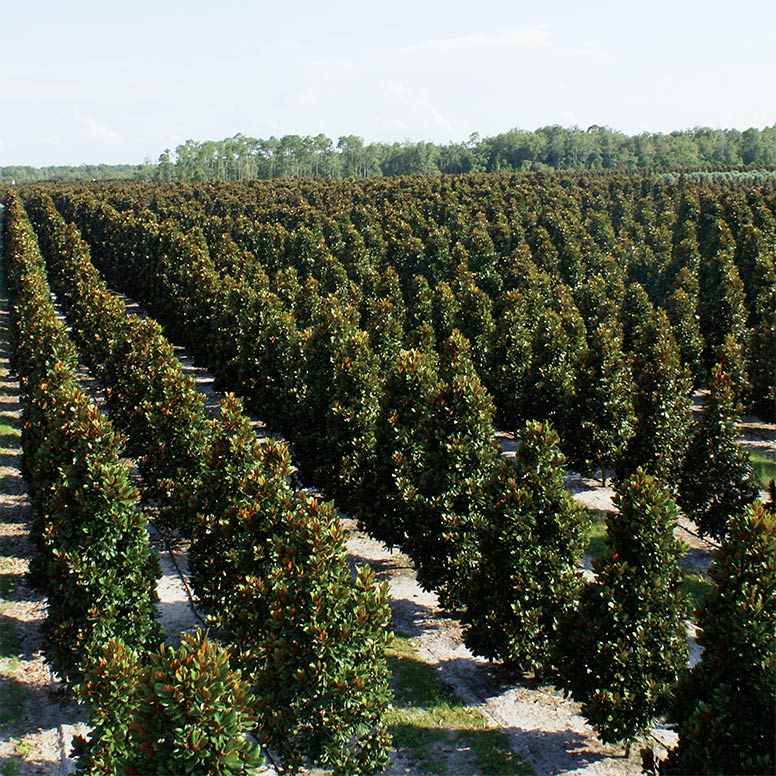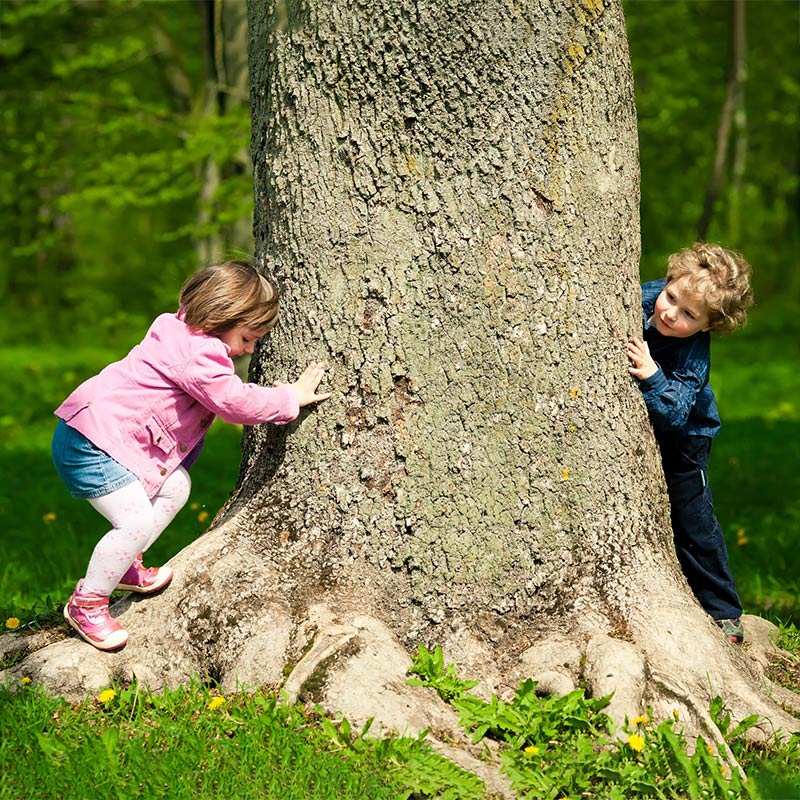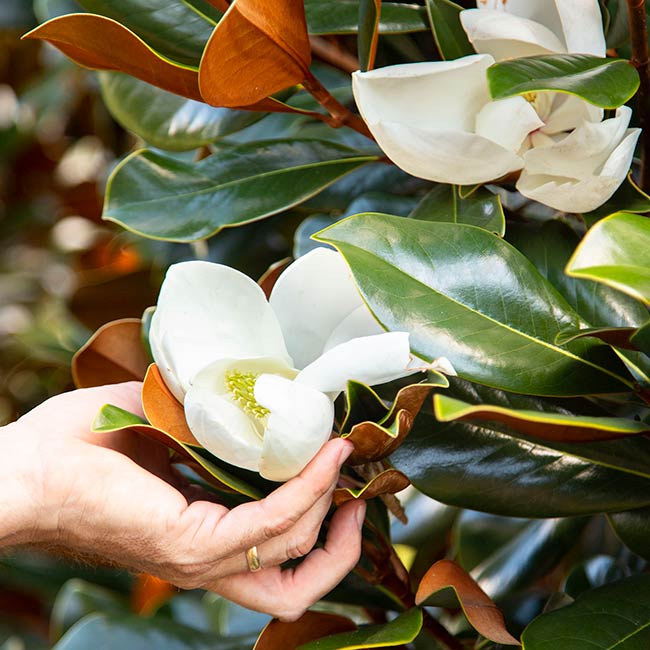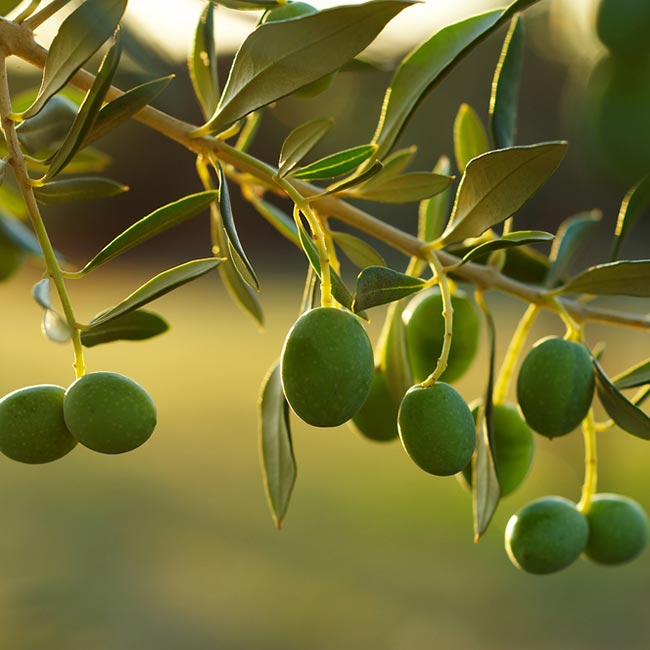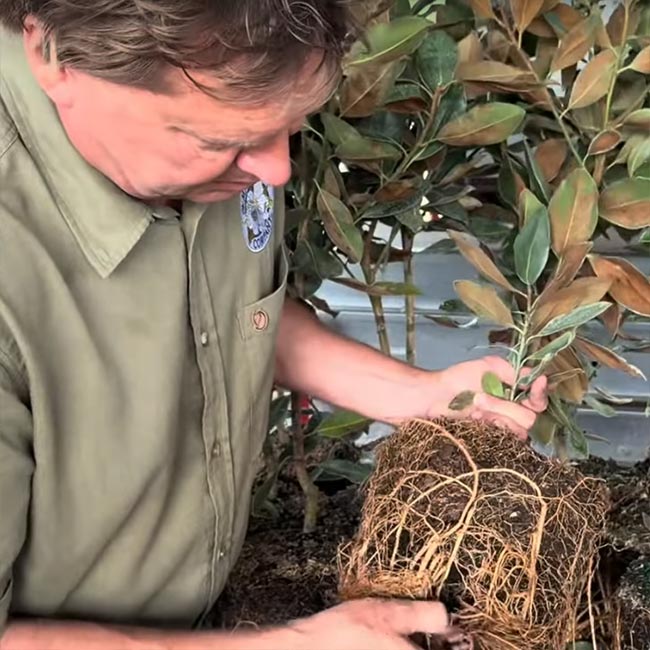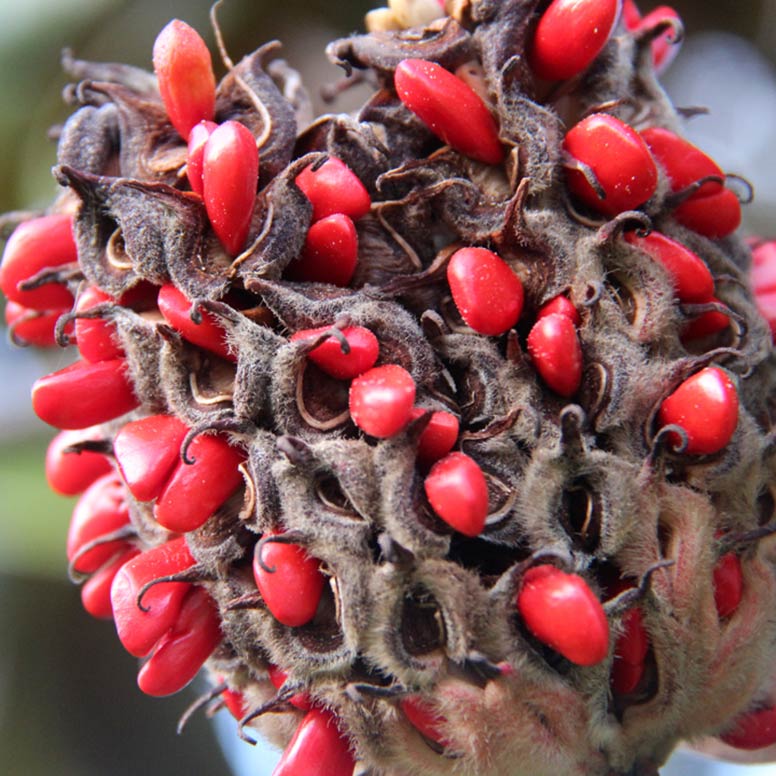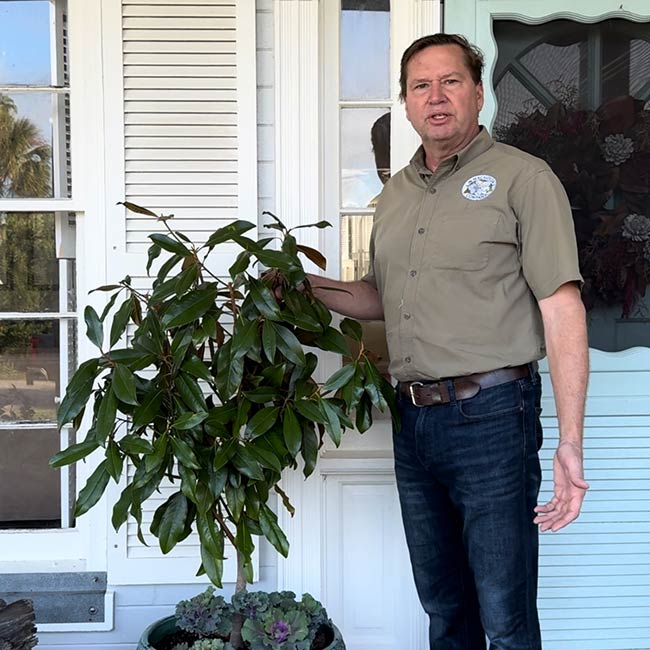Our Easy Spring Gardening Checklist
April 13th, 2021
On March 21st, we celebrated the first day of Spring. For most, spring means the beginning of warmer weather, fragrant blooms appearing, and more sunshine. For gardeners, it means much of the same, but it also means that it’s time to return to the garden to start preparing for the huge growth spurts plants have over the spring and summer. Here on our family farm in Florida, springtime means that we have a lot of work to do to make sure our gift trees are thriving.
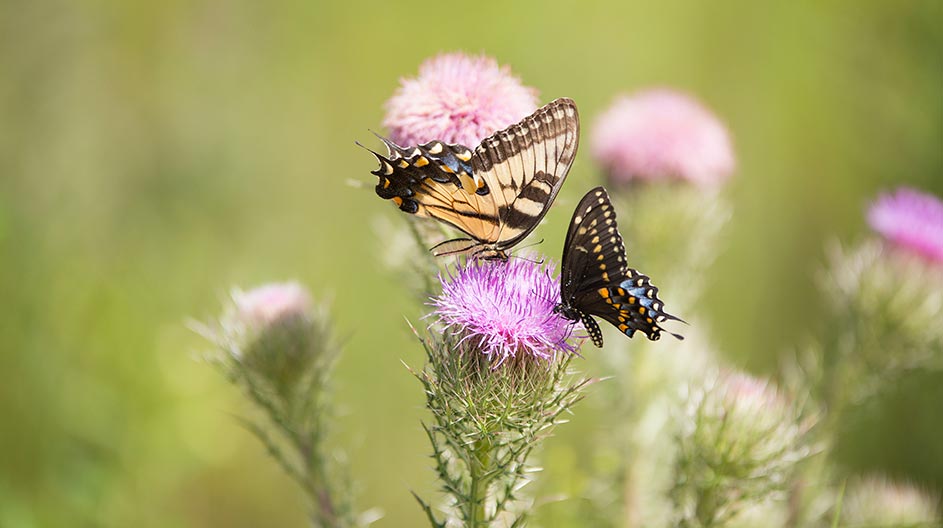
We have a lot of different shrubs, plants, and trees that require some extra care come springtime so we want to share what our spring gardening checklist looks like. No matter if your garden is filled with flowers, magnolia trees, or gardenias, you’ll have a better idea of what you need to get done in your garden this spring. Plus, many of the steps listed below to prep your garden will be similar steps to having a beautiful, thriving garden in general.
1. Cleaning Up
It’s likely that your garden is filled with leaves and other debris after the fall and winter, so the first thing you want to do is do a little cleanup. Clear away any dead leaves and any protective mulch, plastic, or netting.
2. Pruning
If you didn’t already prune your trees or shrubs over the winter, this should be one of the first things you do in the spring. If you’re pruning flowering trees like lemon trees or olive trees, just make sure you’re not cutting any blooms or buds. We like to make our big aggressive pruning cuts to our flowering magnolias and rose bushes in the early spring. Our smaller growing meyer lemon trees and olive trees will be pruned more carefully to make sure we are not cutting off any blooms or buds. Cutting blooms or buds can stress your tree and leave you with a smaller crop or no crop at all.
3. Prepping the soil
If you didn’t prep your soil in the fall, it’s a good idea to do so before you start planting. You can prep your soil by combining it with organic compost material and fertilizer. In general you should have about 2 inches of organic compost for every 6 inches of soil.
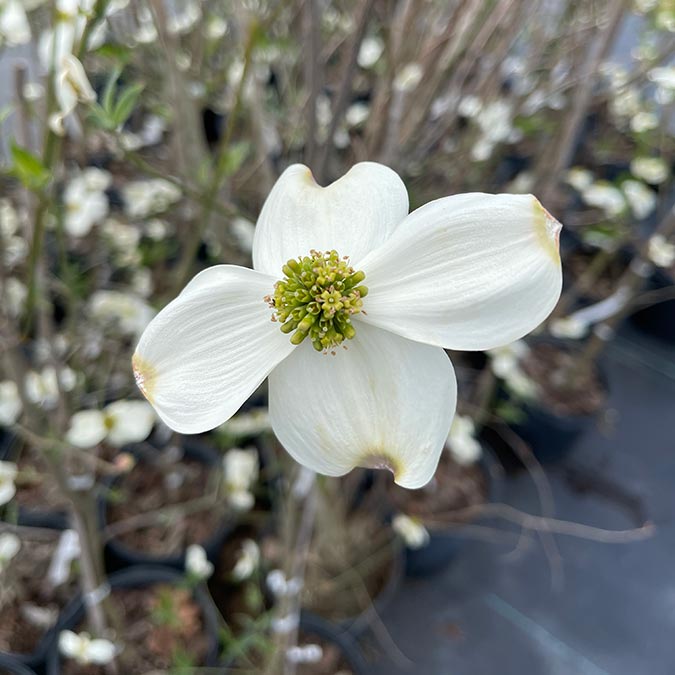
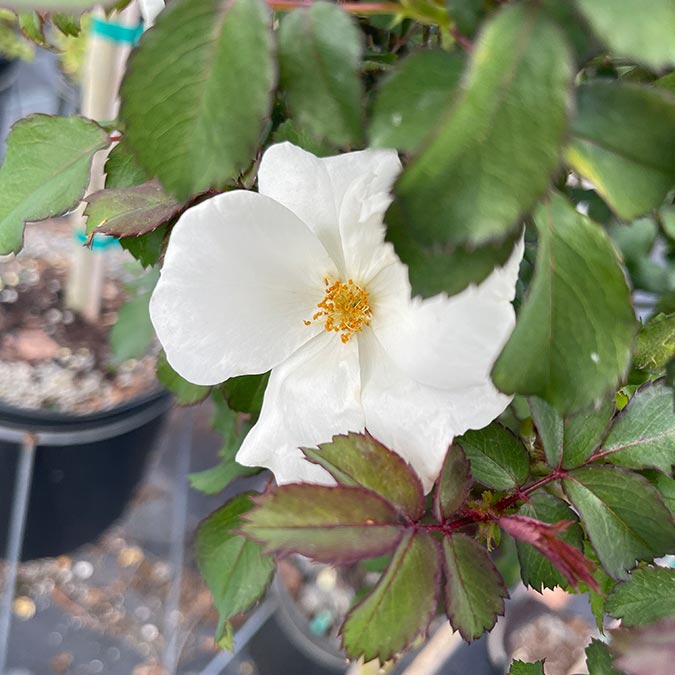
4. Plant cold-hardy vegetables
Once your soil begins to thaw out with the spring weather, there are certain plants that germinate better in cold soil. Some examples of cold-hardy vegetables include kale, onions, and radishes. These can be planted after the last snow melts, which usually happens 2-4 weeks before the last spring frost. If you don’t know the last spring frost for your gardening zone, you can figure it out here.
Then 2-3 weeks after you plant those, you can start planting other root vegetables like potatoes, beets, and carrots. But just beware because just because these plants like cooler soils, doesn’t mean that they like freezing temperatures. If you see a frost coming on the horizon, consider covering your plants with some sort of insulation.
5. Plant perennials and hold-hardy annuals
Flowers like pansies, daffodils, and violets can also be planted in early spring. Annuals like candulas, flowering kale, and petunias are also cold-hardy. A lot of your plants might not be ready to be planted until as late as early fall, so make sure you’re planning ahead for where everything you want to plant is going to go!
6. Plant trees and shrubs
As soon as you get past the last frost for your gardening zone, you should be good to plant most trees. Our southern magnolia trees are generally cold-hardy through zone seven and magnolia ann trees through zone four, but there are many different types of beautiful flowering trees for your growing zone. No matter what you’re planting, most trees should both be about 4 feet tall before they’re planted outside. You just want to make sure that the tree your planting can thrive in your region. If not, spruce trees do well in colder weather.
7. Mulching
Once you have everything planted, it’s a good idea to add mulch around your newly planted trees, shrubs, veggies, and more. Mulch keeps a lot of weeds from growing, which will save you a lot of weeding time come our long summer days.
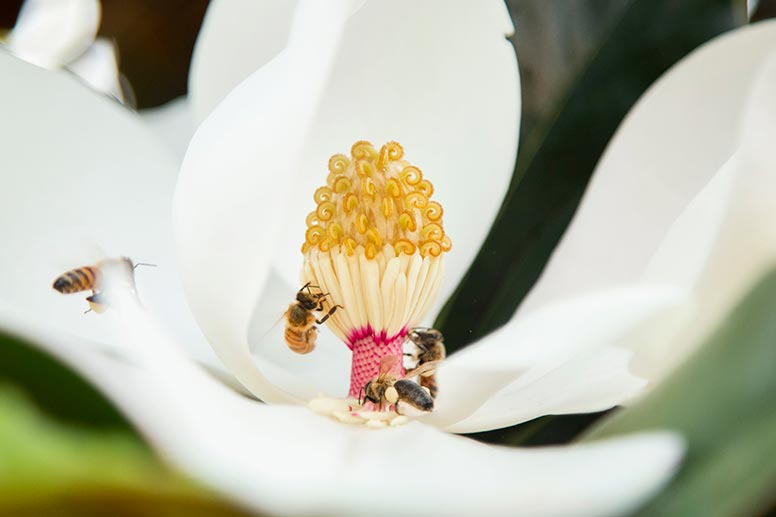
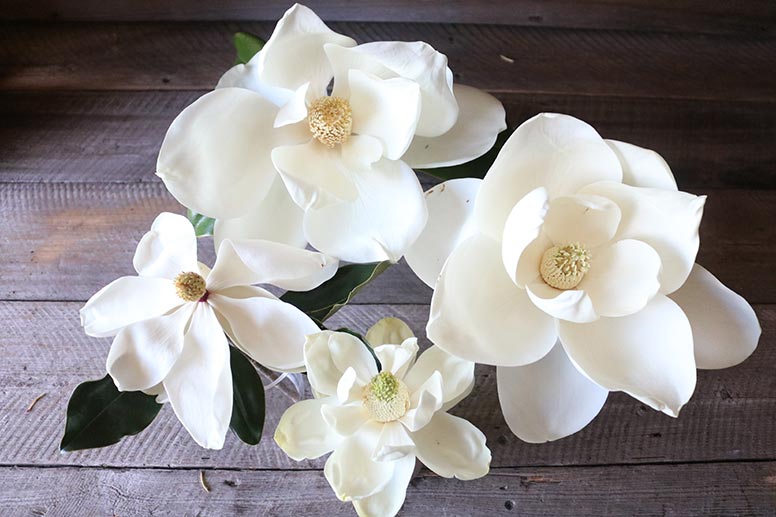
We hope this introduction to spring gardening was helpful for you all. View this post on the Redfin blog for more spring gardening ideas and tips on how to achieve them for your home. As we move through spring and things get warmer we would love to share more of our late-spring/early-summer tips as well. With that, happy planting!
Recent Articles

